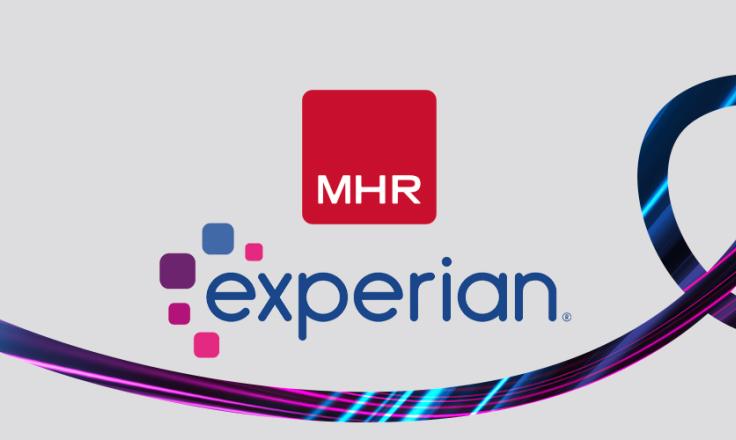What does working capital mean?
Working capital is a financial measurement that represents the difference between a company's current assets and current liabilities. It is the measure of a company's short-term liquidity and operational efficiency, indicating its ability to cover short-term obligations and continue its operations. Positive working capital suggests that a company has sufficient assets to pay off its immediate debts, while negative working capital indicates potential liquidity problems. Effective management of working capital ensures that a company can maintain smooth operations, meet its financial commitments, and invest in its growth.
What is the role of working capital in day-to-day business operations?
Working capital plays an important role. It ensures that a company has enough liquidity (the ability to convert an asset or security into cash) to manage its short-term obligations and operational expenses. It allows businesses to purchase inventory, pay employees, cover utilities, and meet other immediate financial commitments without disruptions.
Adequate working capital helps maintain a steady cash flow, enabling companies to take advantage of growth opportunities, negotiate better terms with suppliers, and enhance overall operational efficiency. By effectively managing working capital, businesses can avoid cash shortages, reduce financial stress, and sustain smooth and uninterrupted operations.
So how does a business calculate working capital?
It’s actually a simple formula:
Working capital = Current assets - Current liabilities.
Here is the formula explained:
Current assets: These are assets that are expected to be converted into cash or used up within one year.
These may include:
- Cash in the bank
- Cash equivalents (these are investments that can be quickly converted into cash, like government bonds)
- Accounts receivable (e.g. outstanding invoices)
- Stock (including raw materials, finished goods and packaging)
- Short-term investments
- Prepaid expenses.
Current liabilities: These are obligations (debts or bills) that are due to be settled within one year.
These could include:
- Accounts payable (e.g. supplier payments)
- Bank overdrafts
- Sales, payroll, and income taxes
- Wages
- Rent
- Short-term loans
- Outstanding expenses.
By subtracting the total of current liabilities from the total of current assets, you arrive at the working capital, which represents the short-term financial health and operational efficiency of a business. Positive working capital indicates that a company can cover its short-term liabilities with its short-term assets.
An example of working capital calculations:
If a company’s balance sheet has £300,000 total current assets and £200,000 total current liabilities, the company’s working capital is £100,000 (assets - liabilities).
What is negative working capital?
This is when a company’s current liabilities exceed its current assets. This means that there is more debt than assets available to pay it off. Usually before this happens to your business, there are steps you can take to increase your working capital.
So why is working capital so important in business?
It’s important for several reasons, as it directly impacts the day-to-day operations and financial health of a business. As the British Business bank states:
“Managing your working capital successfully is essential if you're to stay in business. Many businesses that appear profitable are forced to cease trading because they're unable to meet their short-term financial obligations when these payments fall due.” And here are some main reasons that working capital is important, explained:
Liquid management
Working capital ensures that a company has enough liquid assets to cover its short-term liabilities. This liquidity is essential for maintaining smooth operations and avoiding insolvency.
Operational efficiency
Adequate working capital allows a company to purchase inventory, pay employees, and meet other operational needs without interruption. It helps in maintaining continuous production and service delivery.
Credit rating
Strong working capital indicates good financial health, making it easier for a company to obtain financing from banks and other financial institutions. It also helps in negotiating better credit terms with suppliers.
Growth and expansion
Positive working capital provides the necessary funds to invest in growth opportunities, such as expanding operations, entering new markets, or launching new products.
Risk management
Sufficient working capital acts as a buffer against unexpected financial difficulties or economic downturns, providing a safety net to manage unforeseen expenses or revenue shortfalls.
Supplier relationships
With adequate working capital, a company can promptly pay its suppliers, strengthening relationships and possibly securing more favourable terms and discounts.
Customer satisfaction
Proper management of working capital ensures that a company can meet customer demands without delay, maintaining high levels of customer satisfaction and loyalty.
Avoidance of over borrowing
Companies with sufficient working capital are less likely to rely on expensive short-term borrowing, reducing interest costs and improving overall profitability.
Flexibility
Positive working capital provides a company with the flexibility to respond quickly to market changes and opportunities, such as taking advantage of bulk purchase discounts or investing in technology upgrades.
Profitability
Efficient working capital management helps in optimising the use of resources, reducing costs, and improving profitability. Proper inventory management, for example, can minimise holding costs and reduce waste.
Working capital needs efficient management
Working capital management involves various ways to ensure that a company maintains sufficient cash flow to meet its short-term obligations and operational needs. Here are some key strategies for effective working capital management:
Cash flow management
Regularly project cash flows anticipate future cash needs and avoid shortfalls, while maintain an adequate cash reserve to handle unexpected expenses.
Inventory management
Minimise inventory levels by ordering goods only as needed to reduce holding costs, while regularly reviewing and optimising inventory turnover rates ensures that capital is not tied up in slow-moving stock.
Receivables management
Implement strict credit policies to ensure timely collections, then send invoices promptly and follow up on overdue payments. Perform credit checks on new customers to mitigate the risk of non-payment.
Payables management
Negotiate favourable payment terms with suppliers to extend payables without damaging supplier relationships. Take advantage of early payment discounts offered by suppliers when beneficial.
Expense control
Identify and eliminate unnecessary expenses to improve the cash position. Develop and adhere to budgets to control spending and forecast financial needs.
Financing options
Use short-term financing options such as lines of credit or working capital loans to bridge temporary cash gaps. Consider factoring receivables to improve cash flow.
Technology and automation
Implement enterprise resource planning (ERP) systems to streamline processes and improve visibility into working capital components. Use automation tools for invoicing, collections, and payment processing to reduce delays and errors.
Supplier relationship management
Build strong relationships with suppliers to negotiate better terms and conditions. Diversify the supplier base to avoid dependency on a single source and improve negotiating power.
Regular monitoring and review
Use and monitor KPIs such as the current ratio, quick ratio, and cash conversion cycle to assess working capital efficiency. Regularly review and adjust working capital policies and practices to optimise performance.
Common challenges when managing working capital
Maintaining a steady cash flow can be difficult, especially for businesses with seasonal revenue fluctuations or high upfront costs.
Solution: Implement cash flow forecasting to predict and plan for periods of high and low cash flow. Utilise short-term financing options to bridge gaps.
Excessive or insufficient inventory can tie up cash and impact the ability to meet customer demand.
Solution: Adopt just-in-time inventory systems to reduce excess stock and optimise reorder levels. Use data analytics to forecast demand accurately.
Slow collections on accounts receivable can lead to cash flow issues.
Solution: Implement strict credit policies, offer early payment discounts, and use automated invoicing and follow-up systems to accelerate collections.
Balancing timely payments to suppliers with maintaining sufficient cash reserves can be challenging.
Solution: Negotiate longer payment terms with suppliers and take advantage of early payment discounts where possible. Prioritise payments based on cash flow projections.
Accessing affordable short-term financing when needed can be difficult.
Solution: Establish lines of credit with financial institutions and maintain good relationships with lenders to secure favourable terms when necessary.
Economic downturns can impact sales and cash flow, making working capital management more complex.
Solution: Build a financial buffer by maintaining a reserve of liquid assets. Diversify revenue streams to mitigate the impact of economic fluctuations.
By addressing these challenges, and building an effective management strategy, businesses can enhance their working capital management, ensuring financial stability and operational efficiency.



